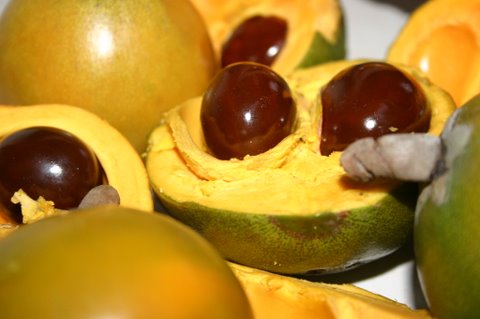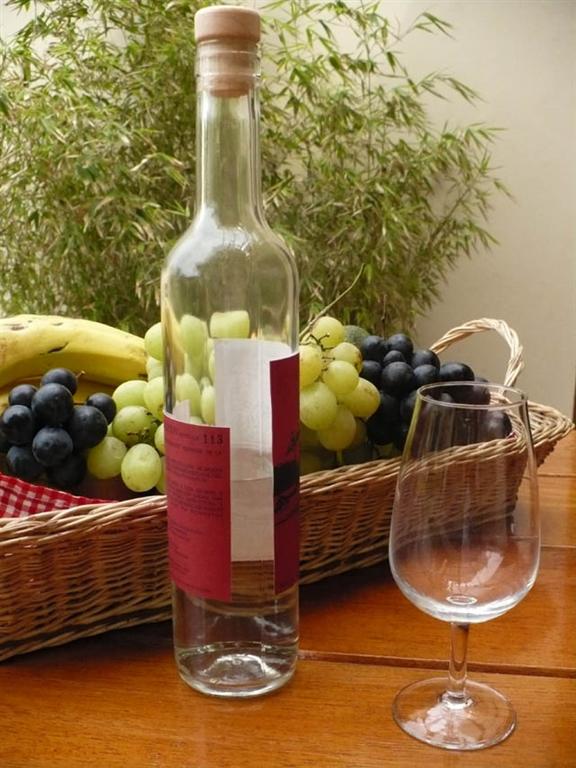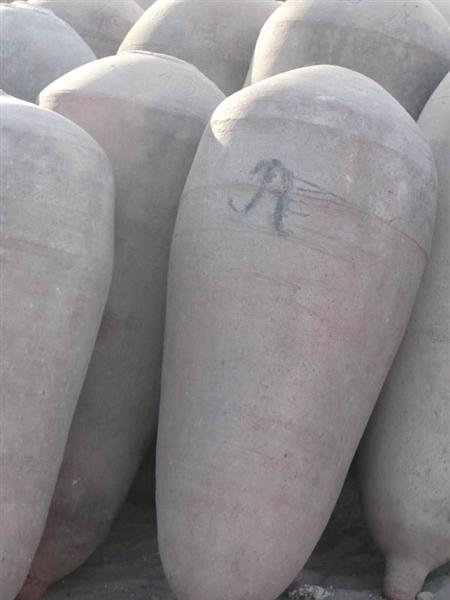Translated by Katrina Heimark
A little bit of history...
After Ramon Castilla abolished slavery on December 3, 1854, the
Lomo Saltado is a typical Peruvian dish, which is the product of the fusion of two cuisines which date back thousands of years, the Peruvian and the Chinese. The dish was originally called Lomito de Vaca, Lomito Saltado, and Lomito a la Chorrillana.
Saltado, in Spanish, comes from the term salteado, or sauté, which is the technique of frying food in a pan or a wok over high heat.
In those days, the dish was only prepared in the back areas or “chinganas” of the Central Market of Lima, and in the northern areas of the Lima province, such as Huacho, Paramonga, Barranca and Huaral.
The upper and middle class of Peru were against visiting these areas, and eating there was not always well-looked upon. These were the areas of the masses, led principally by the Chinese. Thus, both Lomo Saltado and Tacu Tacu, which are now popular traditional dishes, came from some peoples’ necessity to eat in lower-class restaurants, where they could eat well, but at a very low price.
In 1915, the first record of Lomo Saltado appeared in a newspaper article, and not that of a cookbook, as the cookbooks of the time did not record this dish. Only in 1928 were Carne Saltada and Lomo a la Criolla included, which have evolved into the flambéed version that we have today. The Cantonese influence can be noted in the use of the wok.
Lomo Saltado is easy to prepare, and contains a mix of flavors, where each ingredient brings an important quality to the dish.
It was originally served without potatoes, and with a lot of vegetables. Later, the potatoes were added, and were served boiled, not fried.
Today Lomo Saltado is a typical Peruvian dish, very well known, appreciated and also one of the most popular in Peru. It truly and worthily represents our incomparable cuisine.
Investigative work: History of Cuisine Course
Escuela Peruana de Sommeliers 2011
Lomo Saltado
By Chef of Cuisine - Johann Knell.
Ingredients
100ml of Quebranta Pisco
1 tsp of crushed garlic
2 tsp of chopped aji limo
1 kilo of beef tenderloin
½ kilo thickly sliced red onion
½ kilo plum tomatoes, cut in quarters
1 kilo white or yellow potatoes
3 finely sliced aji amarillo
Soy sauce, to taste
Fresh cilantro, chopped
Thyme, to taste
Red wine vinegar
Salt and Pepper
Oil for frying
Preparation:
Cut the meat into strips, approximately 1 ½ cm thick
Add enough oil to cover the base of a frying pan or wok, and heat over medium heat. Fry the garlic and the aji limo for two minutes, increase heat. Add the meat and brown. Deglaze with Quebranta Pisco and flambé. Season with salt and pepper and a pinch of fresh thyme.
Remove the meat and all juices from pan, reserving the juice to keep the meat moist.
Add a little oil to the pan, if necessary, and fry the onion until tender, approximately one minute. Season with salt and pepper.
Add a splash of vinegar and continue to sauté until the vinegar evaporates, approximately one minute. The onion should be slightly firm. Remove the onion and repeat the procedure with the tomato.
In a different frying pan, fry the potatoes until brown. Remove with a slotted spoon, dry on paper towels, and add salt to taste.
Mix the meat, onion and tomato back in the first frying pan. Add the aji amarillo and soy sauce. Cook for about half a minute. Add the French fries and mix everything carefully. Garnish with fresh cilantro and serve immediately with white rice.
Chicken or shrimp may also be substituted for the beef, following the above procedures.
elpiscoesdelperu

 indigenous
issues in Peru), told the story of how the lúcuma, a beautiful and
exquisite fruit of Peruvian origin, came to be. However, there is
another tale that is very similar to the story often heard in the
Central Peruvian Andes, principally in Huanuco, as told by the people of
Aguamiro, as well as another version from Ancash, as told by the people
of Chiquian. According to this legend, the priest and father of Andean
agriculture, Huatio, appeared on Earth in the ragged form of an Indian
and was hated by everyone. People even threw dirt in his face. Huatio is
thought to be the craftsman of the Andes and their irrigation channels.
indigenous
issues in Peru), told the story of how the lúcuma, a beautiful and
exquisite fruit of Peruvian origin, came to be. However, there is
another tale that is very similar to the story often heard in the
Central Peruvian Andes, principally in Huanuco, as told by the people of
Aguamiro, as well as another version from Ancash, as told by the people
of Chiquian. According to this legend, the priest and father of Andean
agriculture, Huatio, appeared on Earth in the ragged form of an Indian
and was hated by everyone. People even threw dirt in his face. Huatio is
thought to be the craftsman of the Andes and their irrigation channels.
 that
are in a fermented must. It must be clear and without color. When these
clear vapors are condensed, they must produce a liquid with the same
characteristics.
that
are in a fermented must. It must be clear and without color. When these
clear vapors are condensed, they must produce a liquid with the same
characteristics.  eau-de-vie
dates back to the early 17th Century. Lorenzo Huertas, renown Peruvian
historian, says: “We have found what might be the oldest reference to
the preparation of (grape) eau-de-vie not only in Peru, but in America: a
document from 1613 mentioning the manufacturing of this liquor in Ica.”
The document mentioned by Huertas is the will of Pedro Manuel the
Greek, resident of Ica, whose last will stated that, among his
properties, he had a Creole slave and “thirty burnay jars filled with
eau-de-vie, and a barrel filled with eau-de-vie, that contained thirty
little pitchers of such liquor, plus a large lidded copper cauldron used
to extract eau-de-vie, and two pultayas, one with a spout and the other
smaller and in better conditions.” This is the oldest information found
in Peru about eau-de-vie.
eau-de-vie
dates back to the early 17th Century. Lorenzo Huertas, renown Peruvian
historian, says: “We have found what might be the oldest reference to
the preparation of (grape) eau-de-vie not only in Peru, but in America: a
document from 1613 mentioning the manufacturing of this liquor in Ica.”
The document mentioned by Huertas is the will of Pedro Manuel the
Greek, resident of Ica, whose last will stated that, among his
properties, he had a Creole slave and “thirty burnay jars filled with
eau-de-vie, and a barrel filled with eau-de-vie, that contained thirty
little pitchers of such liquor, plus a large lidded copper cauldron used
to extract eau-de-vie, and two pultayas, one with a spout and the other
smaller and in better conditions.” This is the oldest information found
in Peru about eau-de-vie.